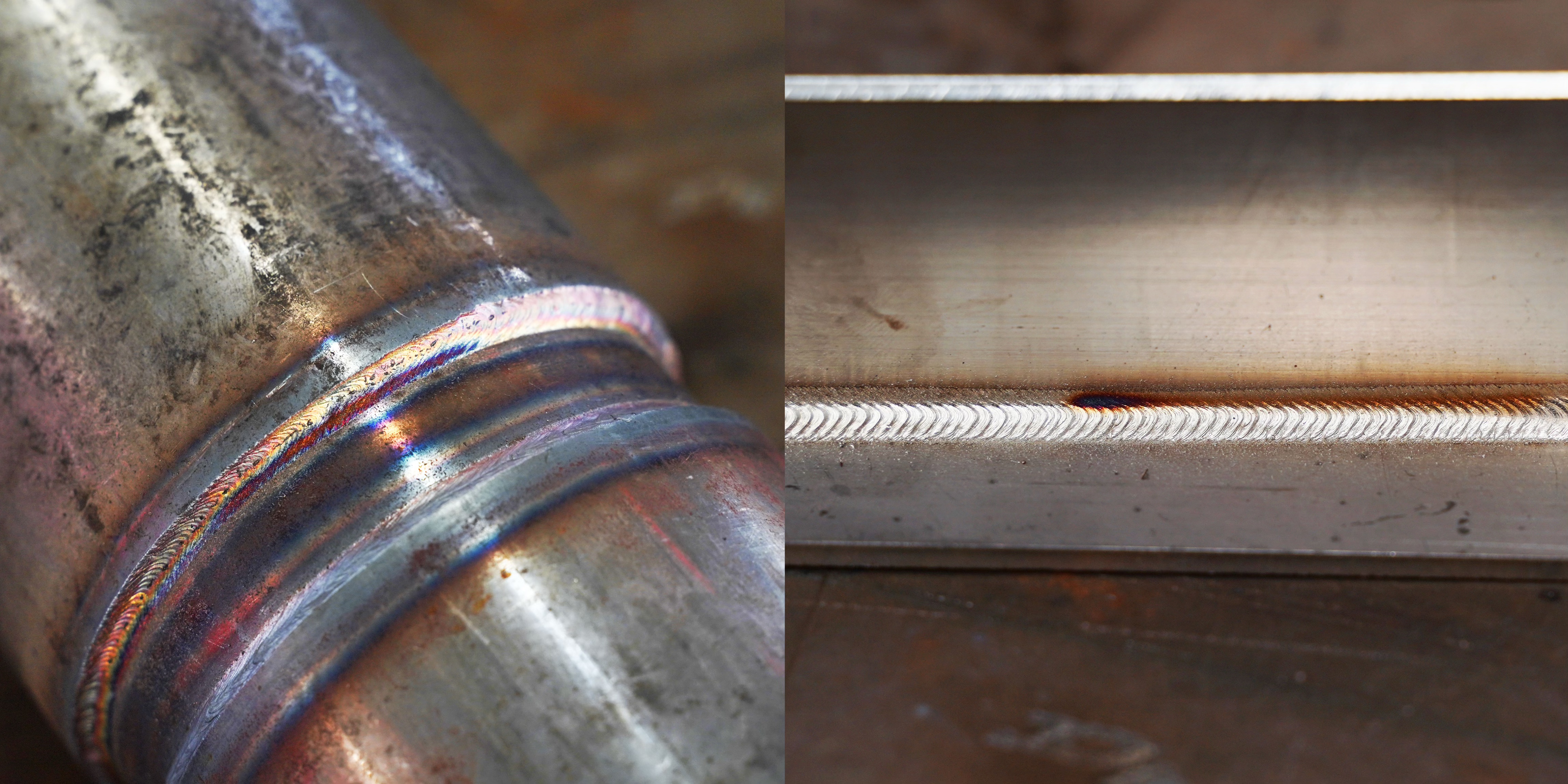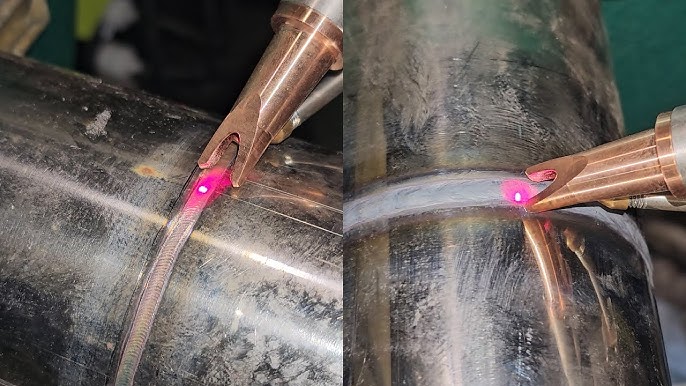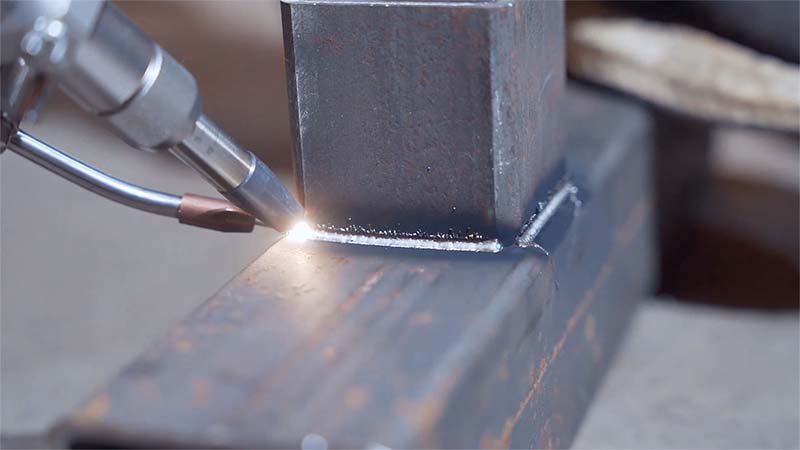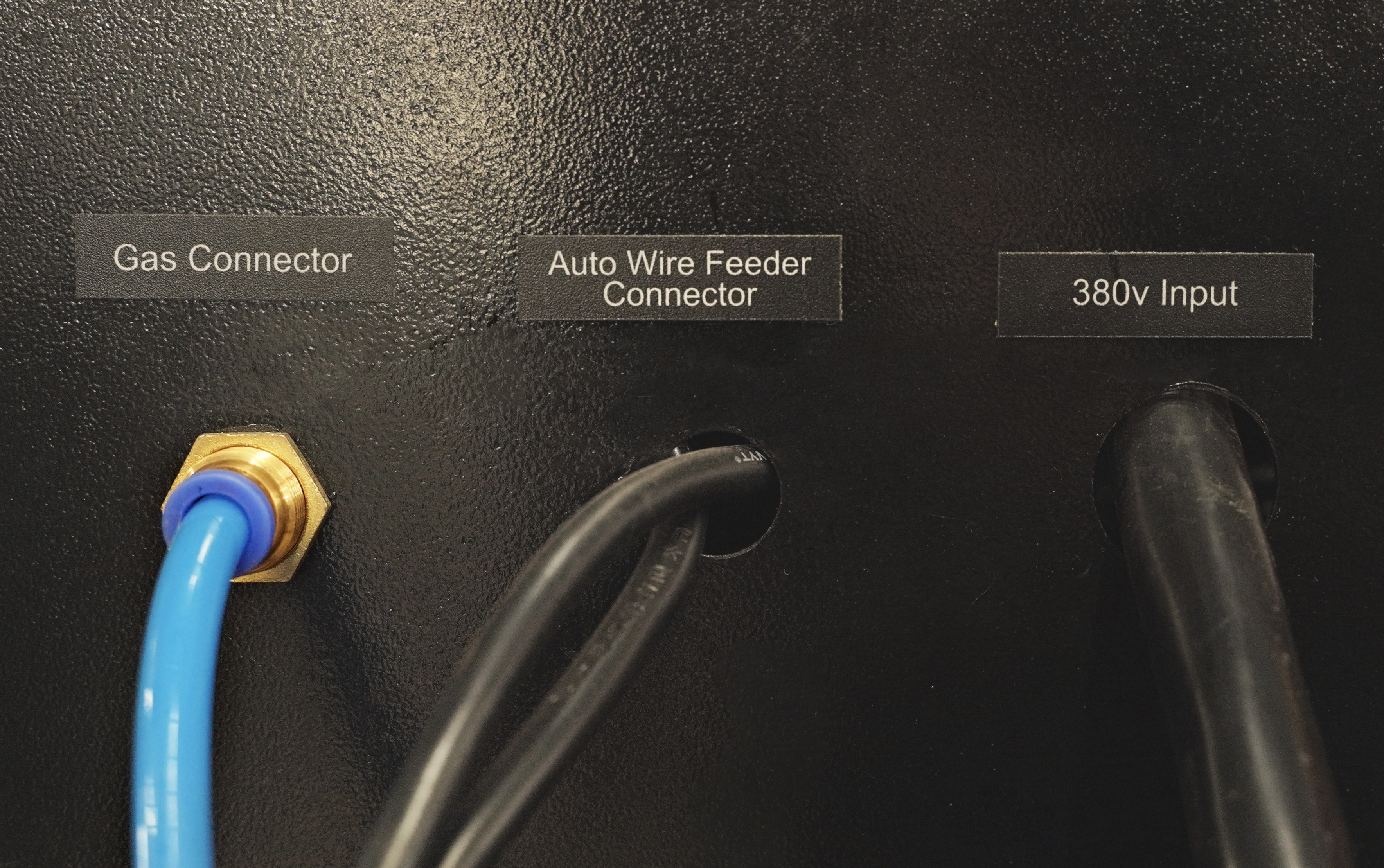Handheld laser welders are transforming the welding industry with their precision, speed, and versatility. These compact yet powerful tools are perfect for a wide range of applications, but one key question remains: How thick can a handheld laser welder effectively weld steel?
In this article, we’ll dive into the factors that determine the maximum thickness a handheld laser welder can handle, from laser power and beam quality to material properties and welding techniques. Whether you’re working with thin sheets or thicker plates, understanding these limits will help you choose the right tool for your project. Let’s explore the capabilities of handheld laser welding and unlock its full potential!
Thickness Capabilities by Laser Power
The thickness a handheld laser welder can handle depends on the power of the laser. By understanding this key factor, you can choose the right welder for your tasks. This helps ensure you complete the job accurately and easily. It’s like choosing the right tool—too much power can burn through materials you didn’t intend to damage, while too little power won’t get the job done.
| Laser Power | Maximum Steel Thickness |
|---|---|
| 300W models | 0.3 mm |
| 600W models | 1.5 mm (best for <1 mm) |
| 1000W models | 2-3 mm |
| 1500W models | 4-5 mm |
| 2000W models | 6-8 mm |
–
Welding Speed and Thickness
As the steel thickness increases, the welding speed decreases. For example, a 2000W handheld laser welder can achieve:
- 3-5 m/min on 1 mm steel
- 1-2 m/min on 4 mm steel
- <1 m/min on 8 mm steel
Material Properties and Maximum Thickness
The type of material being welded also influences the maximum achievable thickness:
- Stainless steel: Can handle thicker welds
- Carbon steel: Similar to stainless steel in weldability
In some cases, multi-pass welding techniques can be used to achieve thicker welds, even with materials that have lower thermal conductivity or higher thickness requirements.
Handheld Laser Welder Thickness Limits by Material
Handheld laser welders are flexible tools that can weld various steel thicknesses based on the laser power and the material’s properties. The welding range differs between materials like stainless steel, carbon steel, and aluminum. Here’s a breakdown of each material’s typical welding thickness.
Stainless Steel Thickness Capabilities
For stainless steel, the maximum thickness you can weld depends on the laser power:
| Power | Maximum Thickness |
|---|---|
| 300W | Up to 0.3mm |
| 600W | Up to 1mm |
| 1000W | Up to 2-3mm |
| 1500W | Up to 4-5mm |
| 2000W | Up to 6-8mm |
–
For instance: – A 1000W handheld laser can weld 304 stainless steel up to 2.5mm thick at 1.5 m/min. – A 1500W laser can weld 316L stainless steel plates of 4mm thickness at 0.8 m/min.
Carbon Steel Thickness Capabilities
Carbon steel has similar thickness capabilities as stainless steel, depending on the laser power:
| Power | Maximum Thickness |
|---|---|
| 300W | Up to 0.3mm |
| 600W | Up to 1mm |
| 1000W | Up to 2-3mm |
| 1500W | Up to 4-5mm |
| 2000W | Up to 6-8mm |
–
Factors Affecting Welding Thickness
Several factors affect how thick the metal a handheld laser welder can weld. These include laser power, material type, welding speed, focal length, pulse settings, and shielding gas. Each of these factors is key to determining how deeply the laser penetrates the material and the quality of the weld.
Laser Power
Laser power is one of the most important factors in welding thickness. More power lets you weld thicker materials. For example: – A 1000W laser can weld stainless steel up to 3mm thick. – A 2000W laser can handle up to 8mm thickness.
Material Properties
The material being welded affects how it absorbs and conducts heat, which impacts weld depth. For example: – Stainless steel has high thermal conductivity, allowing deeper welds compared to metals like aluminum or copper, which reflect more heat.
Welding Speed
Slower welding speeds let the laser penetrate deeper. A slower speed can achieve similar weld depths to higher power lasers working at faster speeds. For example: – A 1000W laser welding at speeds less than 1m/min can create a similar depth to a 500W laser working at faster speeds.
Focal Length and Spot Size
Smaller spot sizes focus more energy on one area, leading to deeper penetration. Spot sizes range from 0.2mm to 2mm, with smaller spots promoting deeper welds.
Pulse Parameters
Pulse width, frequency, and peak power play a big role in weld depth and quality. Higher peak power gives deeper penetration, especially for thicker materials.
Shielding Gas
Proper shielding gas flow helps prevent oxidation and improves the overall quality of the weld. While it doesn’t directly affect thickness, it ensures the weld’s structural integrity and consistent results.
Handheld Laser Welder Recent Advancements
Handheld laser welding machine has come a long way. New models can now weld steel up to 8-10 mm thick, a big improvement over older versions. This means they can handle thicker steel in just one pass.
Key Developments in Handheld Laser Welding
- Increased laser power: Some units now reach 3000-4000W.
- Better beam quality and focus: This results in deeper penetration and stronger welds.
- Smart power control: These algorithms help optimize energy use and improve welding efficiency.
- Improved cooling systems: Latest air-cooling tech in the MaxWave MW-HW1500 ensures longer operation and less maintenance, ideal for heavy-duty tasks.
Notable Models and Their Capabilities
- IPG Photonics LightWELD XR system: Can weld steel up to 6 mm thick.
- MaxWave MW-HM3000: Handles steel up to 8 mm thick.
- Trumpf TruLaser Weld 5000: Welds steel up to 10 mm thick in certain configurations.
These improvements make handheld laser welding a practical solution for industries like automotive, aerospace, and heavy equipment manufacturing. In these sectors, welding thicker steel parts is often a necessity.
Summry
As technology advances, handheld laser welders are redefining steel fabrication. For now, the MaxWave MW-HW1500 and similar models prove that handheld lasers are no longer limited to niche tasks—they’re a cornerstone of modern welding. Ready to push the limits of your projects? The future of steel welding is here, and it fits in the palm of your hand. For more details about laser welding machine or to get a quote, contact us today!






Recent Comments